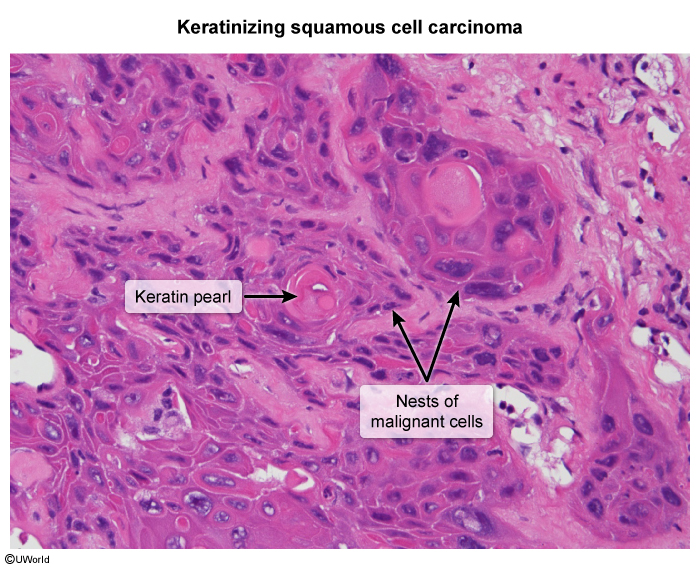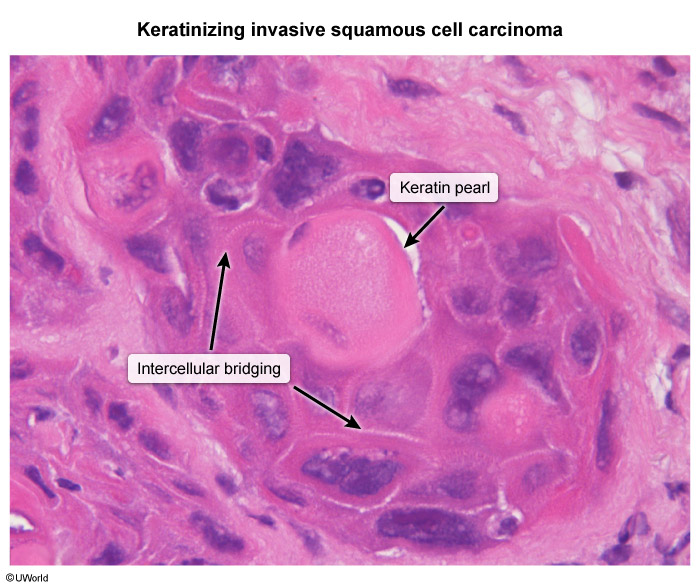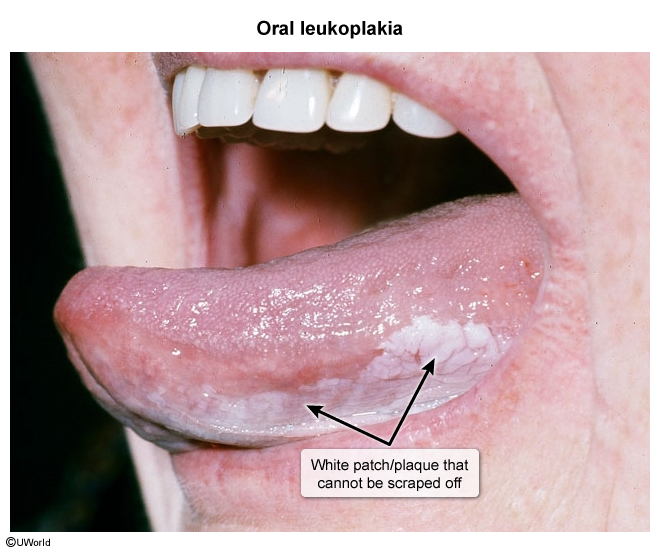Head And Neck Squamous Cell Carcinoma
Article Sections
Introduction
Head and neck cancer is a collective term for malignancies arising from the upper aerodigestive tract. It encompasses cancers of the oral cavity, pharynx, larynx, nasal cavity, paranasal sinuses, and salivary glands. This articles focuses on squamous cell carcinoma of the head and neck (HNSCC), the most common cancer in the head and neck by far (>90%).
HNSCC is the seventh most common cancer worldwide and is increasing in incidence and mortality rates. The increasing incidence is mostly driven by a dramatic increase in human papillomavirus (HPV)-associated oropharyngeal squamous cell carcinoma.
Pathophysiology
Most cancers of the head and neck arise from squamous epithelial cells that undergo stepwise, premalignant changes that progress to carcinoma (ie, hyperplasia → dysplasia → carcinoma in situ → invasive carcinoma). Premalignant lesions often manifest initially as hyperplastic or dysplastic, white (leukoplakia) or red (erythroplakia) patches. Diagnosis (and excision) at this stage can prevent further progression.
Continue Learning with UWorld
Get the full Head And Neck Squamous Cell Carcinoma article plus rich visuals, real-world cases, and in-depth insights from medical experts, all available through the UWorld Medical Library.
Figures
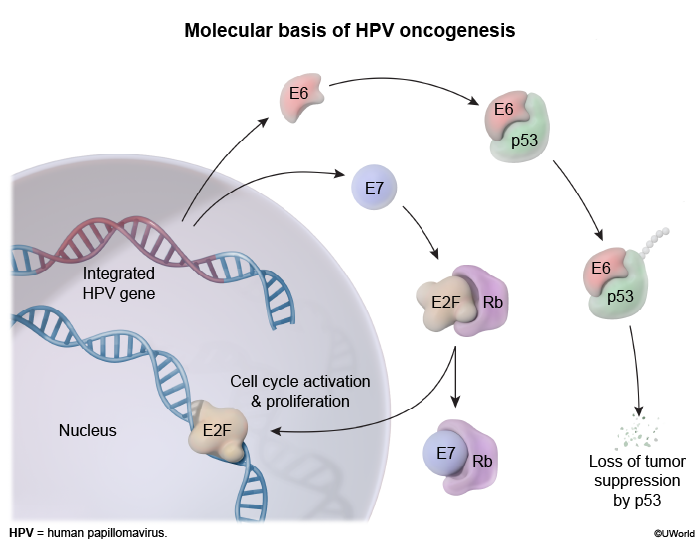
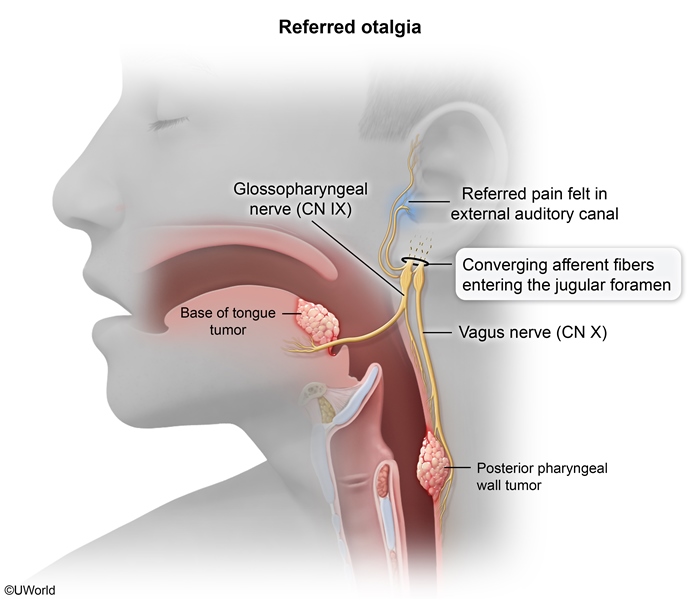
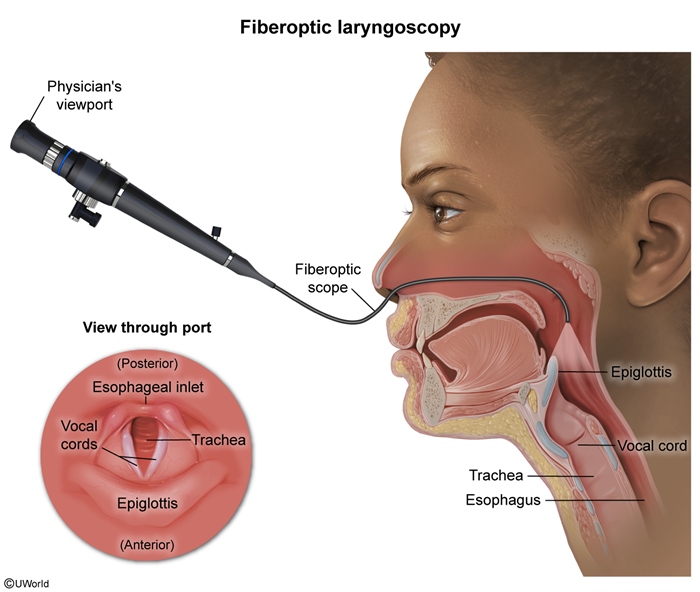
Images
